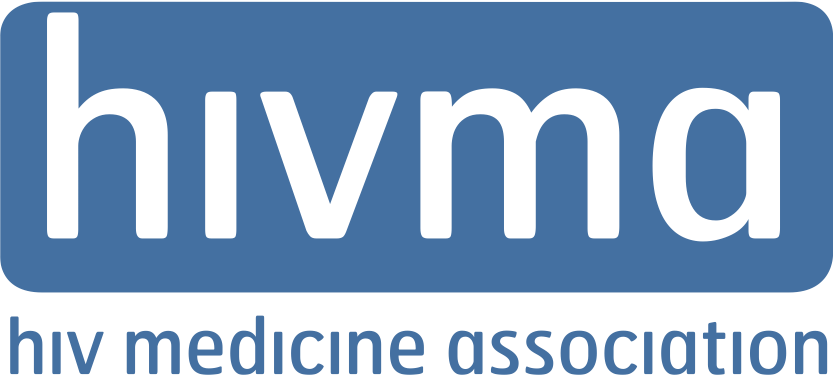
NEWS RELEASE
The Department of Health and Human Services declaration that the impending landfall of Hurricane Michael on Florida’s panhandle poses a public health emergency is one of a series of steps that will be critical to addressing the medical needs and infectious disease impacts that accompany catastrophic storms and their aftermaths.
Preparation on an individual and community level must include an understanding of local risks, and local resources for health services.
As Panhandle residents evacuate the area, risks of the spread of noroviruses and other infections in shelters housing large numbers of people will rise. Frequent hand-washing will be critically important. Suboptimal vaccination rates can exacerbate the potential for infections to spread. Links to health services for people displaced from their homes will need to be provided. For people living with HIV, and other infections requiring ongoing treatment, adequate supplies of medications will be critical to preventing treatment disruptions that can lead to antimicrobial resistance and other health problems.
While widespread disease outbreaks after flooding remain uncommon in the United States, bacteria in flood waters can bring risks of life-threatening infections otherwise not present in great quantities. Wearing protective gear when cleaning areas in a storm’s aftermath is advisable.
Clean water, as well as access to medications will remain essential for preventing and limiting the spread of infectious diseases in the wake of a storm. Residences and facilities without electricity and compromised by flooding, raise risks from unsafe food and water consumption, and illnesses caused by pathogens such as E. coli should be anticipated. While mosquito populations diminish in the immediate aftermath of hurricanes and flooding, they will return, and standing water that remains for long periods of time may contribute to increased mosquito breeding. In addition, loss of housing may lead to individuals spending longer periods outdoors and increase risk of mosquito-borne illnesses, including West Nile Virus. As individuals return to damaged homes, mold-related illnesses such as severe asthma might be seen.
Pathogens that include Vibrio vulnificans, non-tuberculosis mycobacteria, and Legionella are found in water, with flooding increasing risks of exposures, and while they remain unusual, avoiding contact with floodwater if possible is an appropriate precaution. Leptospirosis is a bacterial infection that can be spread through contaminated water that caused 17 confirmed and probable deaths in Puerto Rico following Hurricane Maria in 2017, plus an additional 25 suspected deaths and many more illnesses. We urge people who are concerned about the risks of any exposure they have experienced to seek medical care.
Preparation on an individual and community level must include an understanding of local risks, and local resources for health services. Agile, robust and sustained support for public health responses will be essential. The memberships of IDSA and HIVMA stand ready to offer our guidance in the days ahead, and our voices for resources to support hurricane-affected communities facing multiple and evolving public health needs.
For more information and resources, see IDSA’s Hurricane Response page.

